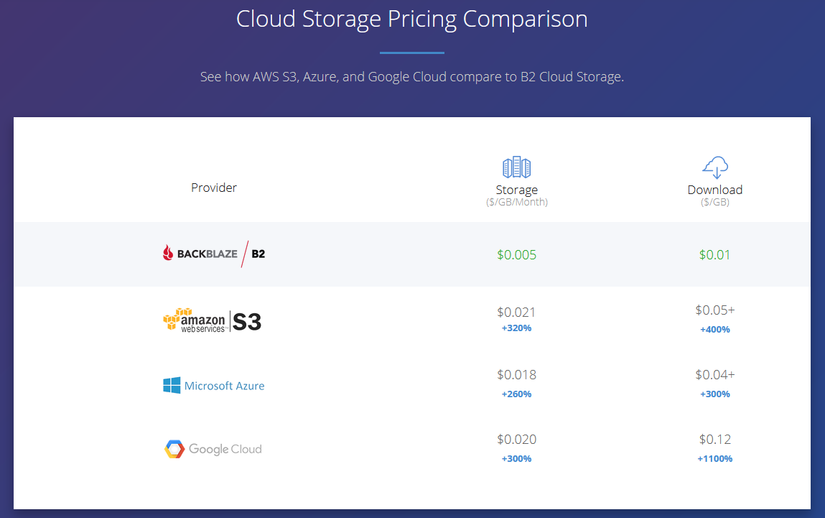
If you’ve set up a working Foundry installation, I assume you have a working nginx reverse proxy record, but here’s mine in its entirety. So we’re going to redirect all requests and make them never even hit Foundry. This process is extremely unperformant, and can crash s3fs during very heavy load. But the problem (that we will soon fix), is that everytime you want a file, you ask Foundry for it, Foundry downloads it from the bucket via s3fs, and then sends it to you itself. This is already useful, your files are safe and secure in your cloud storage, not taking up any local disk space, and are still accessible by Foundry. Once you’ve got that setup, and means you can browse the assets in your bucket with the Foundry image browser like so: I actually use MinIO and self host my bucket, so my URL is a local IP address, but you can use B2, S3, or any other S3-compatible service with s3fs. I use s3fs, and my fstab entry looks like s3fs#assets /mnt/jensen-s3/assets fuse _netdev,allow_other,gid=1000,uid=1000,use_path_request_style,url= 0 0 To make it so the Foundry media picker still works, you’re going to want to mount your bucket as assets in the directory with modules systems and worlds. Once you’ve done that, make an assets subdirectory in the bucket you can use the B2 website file browser for this. Your bucket should look something like this: These have to be uniquely named globally, so use something like foundry-cdn-yourdomain, make sure to set your files to “Public”. They have very cheap storage pricing, and a much simpler interface than something like Amazon’s S3.Īfter you’ve made a Backblaze account, you’re going to want to “Create a bucket”. I find Backblaze B2 to be the most cost effective cloud storage provider. Instead of filling in your IP manually you can use dynamic DNS to keep this record updated for you - I use Docker, so it was easy to integrate Oznu’s Container for Cloudflare DDNS, but there are lots of programs out there to handle it for you.ĭisable “Proxy status” for your “foundry” record, but enable it for your “vttcdn” record.

Also set up a second “A Record” pointing to the same address, but set the name to be “vttcdn”. I’m going to assume you want to use to point to your Foundry server, but you can also use if you’d prefer, just replace “foundry” with (meaning root). Now make an “A Record” pointing at wherever your foundry server is. They’ll walk you through transferring your DNS to Cloudflare, from whoever you registered with. Make a Cloudflare account, then “Add a site”. I use namecheap, but it doesn’t matter who your registrar is. Buy a Domain Nameīuy a domain name, even if you’re hosting on your laptop in your mom’s basement, everything will be a lot easier if you own your own domain. Setting those things up is beyond the scope of this tutorial, but if you’ve figured all that out, you can probably figure this out too. I use Docker for all of my home apps, and so I use this container by felddy for Foundry, and SWAG as my nginx container, which reverse proxies & redirects things for me. The “downside” is that it really only works running on a server, where the server can also host nginx (a web server). Setting up Cloudflare to accelerate your VTT assets can help imrpvoe performance for your players, and reduce load on your server, without disrupting your existing workflow.

Use of the Service for serving video (unless purchased separately as a Paid Service) or a disproportionate percentage of pictures, audio files, or other non-HTML content, is prohibited.Set up Backblaze and Cloudflare to host your assets online, with caching. Unless explicitly included as a part of a Paid Service purchased by you, you agree to use the Service solely for the purpose of serving web pages as viewed through a web browser or other application and the Hypertext Markup Language (HTML) protocol or other equivalent technology. The Service is offered primarily as a platform to cache and serve web pages and websites.

Backblaze cloudflare free#
And it probably also violates their Terms (at least in the free version), so use at your own risk:Ģ.8 Limitation on Serving Non-HTML Content However, there are at least two caveats here: Cloudflare requires you to delegate DNS for the whole domain to them, only adding a subdomain to your account is not supported for whatever reason. Restic can now be used like this: restic -r rclone:b2-cf. Verify that this is indeed the correct destination for your bucket by clicking the info icon on any file in the B2 webinterface and checking the URL there. is a CNAME to in Cloudflare configured for proxying through Cloudflare. Just add something like this to your rclone config: ĭownload_url = b2-f000. So I tried this myself now which turned out to be quite easy with rclone actually.


 0 kommentar(er)
0 kommentar(er)
